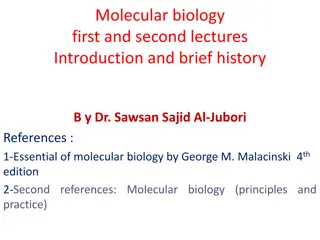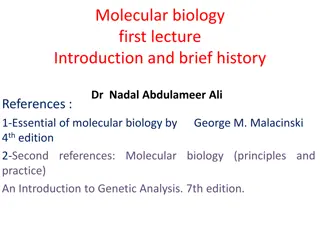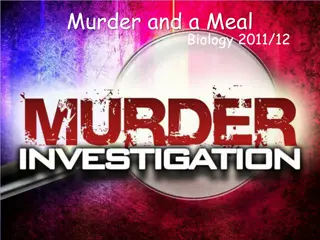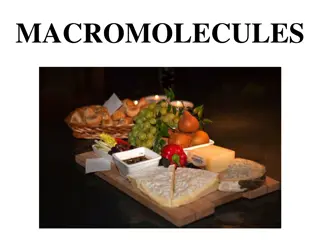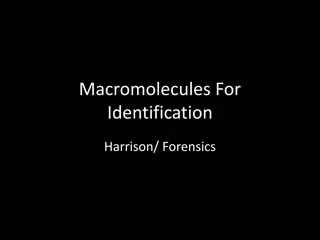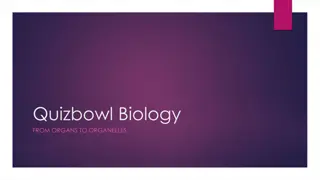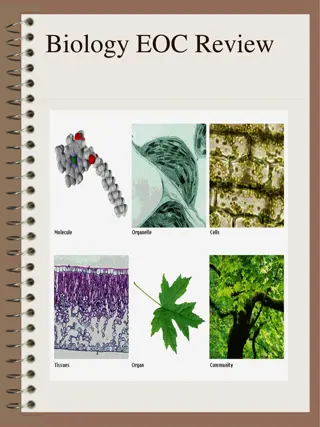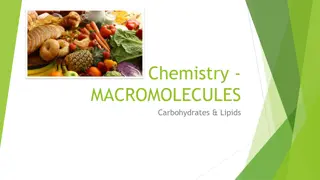Exploring Macromolecules in Biology: Structures, Functions, and Interactions
Dive into the world of macromolecules through visual aids and questions that cover topics such as glycogen storage, steroid structures, energy storage in plants, carbohydrate reactions, molecule matching, and nucleic acid bases.
Download Presentation

Please find below an Image/Link to download the presentation.
The content on the website is provided AS IS for your information and personal use only. It may not be sold, licensed, or shared on other websites without obtaining consent from the author. Download presentation by click this link. If you encounter any issues during the download, it is possible that the publisher has removed the file from their server.
E N D
Presentation Transcript
Where would you look for glycogen? a. steak b. potato c. milkshake d. cauliflower Why? Which foods above could be a source of protein? Why? If you cooked the steak too much, what could happen to the molecules in it? How/why does that happen?
A steroid has a. four fused rings b. three fused rings c. two fused rings d. depends on the steroid How can that steroid be altered to serve many functions? What makes that steroid hydrophobic? If you add a hydroxyl group (OH) to the steroid does it become more or less polar?
Plants store most of their energy for later use as a. unsaturated fats b. sucrose c. starch d. cellulose Which of the above is not a sugar? How do you know? How are starch and cellulose related? Which one is harder to break down and why? What do starch and fats have in common? Explain how a person would gain fat by eating too many carbohydrates.
What type of reaction is below? 1 What type of bond is formed? See box 1 What type of carbohydrate is created? How are glucose and fructose related? What type of sugar is fructose? Is this an alpha or beta glucose molecule? What type of reaction could break the sucrose apart?
Match the molecule to the description 1. Molecules that would combine to form a fat 2. Attached to other monomers by a peptide bond 3. Carbohydrate 4. Purine 5. Protein monomer 6. Combine to form nucleotide 7. Most nonpolar 8. Joined by phosphodiester bonds A B C D E F G
What is this molecule? What macromolecule does it form? Is this an RNA or DNA base? How do you know? Would you consider the base a purine or pyrimidine? Why? How many bases exist in nucleic acids? Which one exists in DNA but not RNA?





